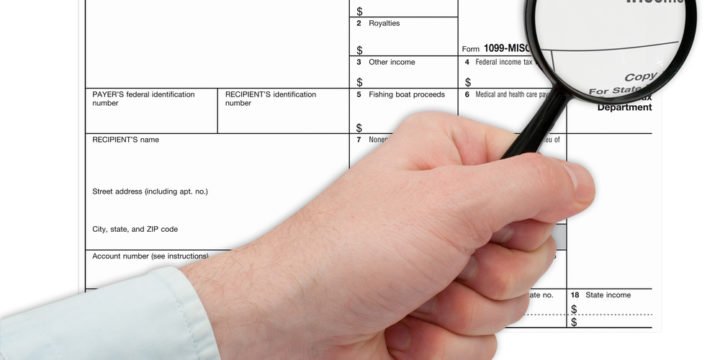
Understanding the High-Tax Kickout and its Impact on Foreign Tax Credits
By Anthony Diosdi If you are involved in the preparation of international information returns, you may have noticed on Forms 1116 and 1118 line items for “high-tax kickout.” The instructions promulgated by the Internal Revenue Service (“IRS”) for Forms 1116 and 1118 do a poor job defining the term “high-tax kickout.” This article attempts to clarify the meaning of “high-tax kickout” and its impact on claiming foreign tax credits. By way of background, Internal Revenue Code Section 904 requires that foreign tax credits be calculated separately for each type of foreign-source income included in a particular category or basket. There are currently five baskets for calculating foreign tax credits. They are: 1) passive income; 2) general income; 3) foreign branch income; and 4) GILTI income. The high-tax kickout rule applies…







